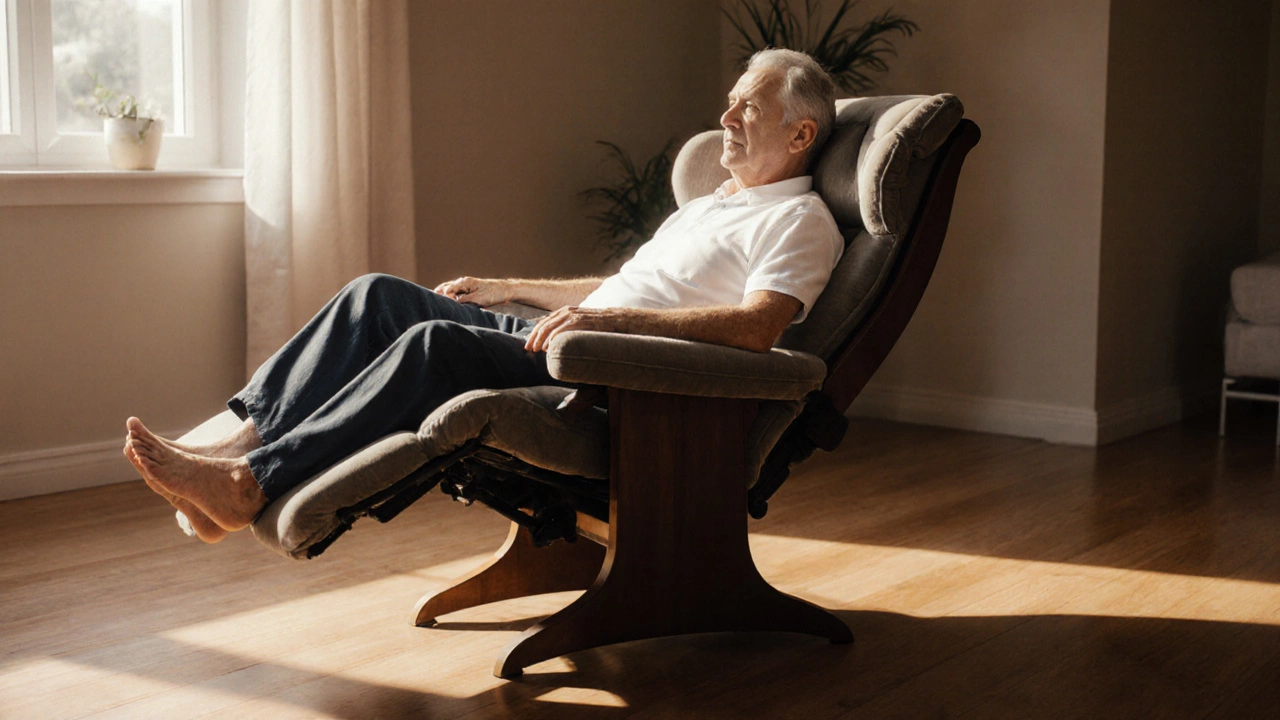Spine Alignment: How Furniture Impacts Your Back
When thinking about spine alignment, the way your vertebrae stack while you sit, stand, or lie down. Also known as postural health, it plays a key role in comfort and long‑term well‑being. Good ergonomic sofa, a couch designed with lumbar support, proper seat depth, and adaptable cushions and a recliner chair, a seat that allows a smooth tilt to keep the spine neutral are two of the biggest helpers. Even the corner sofa layout, how a sectional is positioned against walls or in the centre of a room can dictate whether you hunch or sit tall. In short, spine alignment isn’t just a medical term – it’s the foundation for picking the right furniture.
Why Furniture Choices Directly Shape Your Posture
Every piece you bring into a living space sends a signal to your body about how to sit. A TV stand that’s too low forces you to crane your neck, while a stand that’s too high pushes your shoulders forward, both of which strain the spine. The angle between your thighs and torso should hover around 90 degrees; anything steeper or flatter throws off the lumbar curve. That’s why furniture ergonomics, the study of how design supports natural body alignment matters. A well‑crafted recliner with an adjustable footrest lets you keep hips and knees aligned, reducing pressure on the lower back. Likewise, an ergonomic sofa with firm yet forgiving cushions supports the natural S‑shape of the spine, preventing the common slump that leads to chronic pain. Corner sofas that are placed with a clear walkway and enough room to angle your feet outward keep circulation flowing and the pelvis in a neutral position.
Putting these ideas into practice is easier than you think. Start by measuring the height of your TV stand or coffee table and compare it to the seat height of your sofa – the difference should be no more than a few centimeters. Test any recliner by sitting fully back, then extending the footrest; you should feel a gentle stretch in the hamstrings without over‑arching the lower back. When choosing a corner sofa, map out the room with tape to see how the pieces will sit against walls; aim for at least 60 cm of clearance behind the seating to let you pull away without twisting. The articles below break down these topics in depth – from the best recliner price range in 2025 to the pros and cons of wall‑mounting your TV – giving you concrete answers for creating a space that truly respects your spine. Ready to see how each piece fits together? Dive into the guides and start building a healthier home today.
How to Sit Healthy in a Recliner: Ergonomic Tips for Better Posture
Learn how to set up a recliner for optimal posture, lumbar support, and circulation. Follow step‑by‑step tips, choose the right model, and avoid common mistakes for a healthier sitting experience.
View more